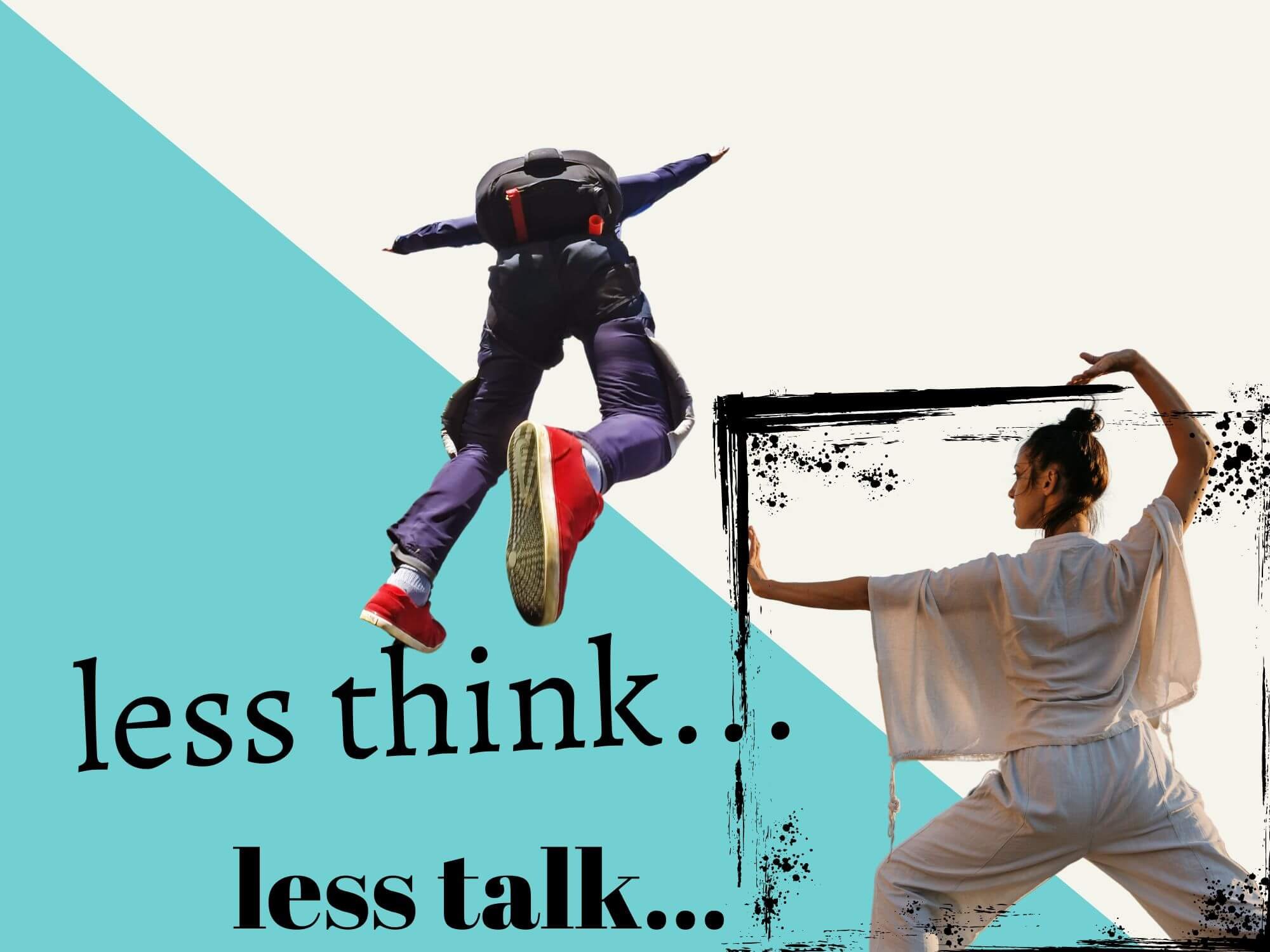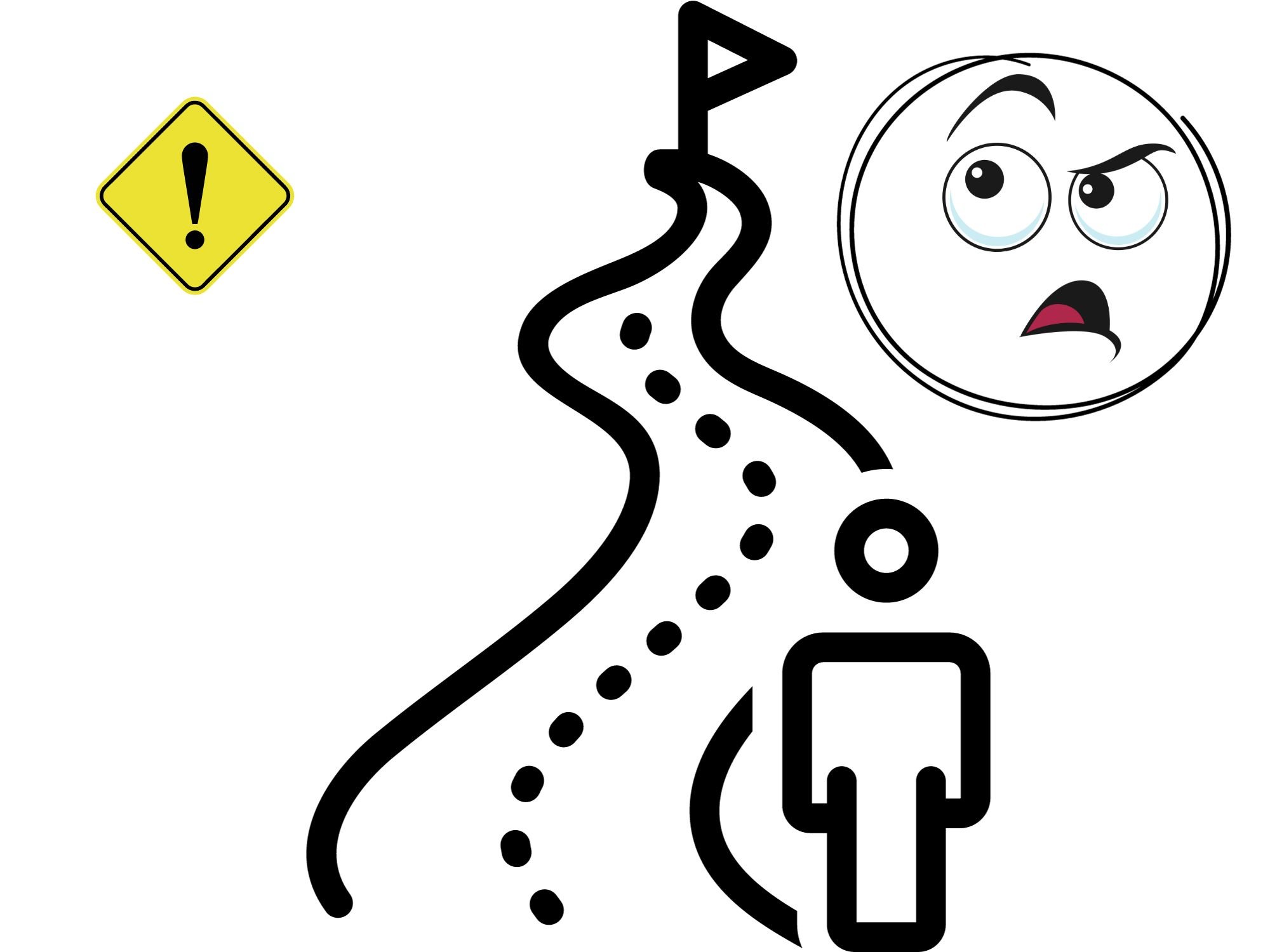My Creative Workflow Makes Me A Time Wizard (8 tips + more)
So there I was, with tasks undone, goals not reached and not nearly enough time. Spinning, I then turned to my private professors, Google and YouTube.
I got to work, testing and scrutinizing the solutions I was being taught. Some worked – some not so much.
So now I’m here to share with you my top takeaways and tips for fixing my swirling schedule. This is my creative workflow guide.
This is how I manage three blogs, write new music everyday, travel and work as a freelancer (and more – with time to spare).
Let’s get to it.
Table of Contents Show
Hey there, just a heads up that some of the links in this post may be affiliate links. That means I earn a small commission. This is at no extra cost to you, but helps me keep the lights on. Thank you for your support!
What Is Creative Workflow?
Workflows are in the productivity zeitgeist. Mind maps and to-do apps are everywhere. And they do help.
So what a creative workflow?
A creative workflow is a system or set of processes, steps and templates for organizing and completing creative tasks and projects. It’s optimized for creative flow and output.
A good creative workflow will be customized to suit your specific lifestyle, preferences, bottlenecks and goals.
It’s definitely been a solid addition to my own routine and has helped me reach important milestones.
So let’s explore some more of the benefits.
Why Should I? (benefits of having a creative workflow)
Get more done, more efficiently
Actually finish your projects
Address and fix bottlenecks and weaknesses
Boost your self awareness and get insights about your process
Find ways to automate non-essential tasks
Better track and monitor your progress
Get a bigger picture view of your project
Save time by knowing exactly what to do and when
Reduce stress and boost your creative flow
My Personal Creative Workflow (how I do many things)
I’m a traveling musician with a few blogs who makes art and content while also working as a freelancer.
I’m constantly juggling multiple projects and my attention is always getting pulled in multiple directions.
So systematizing my life was a necessity. And if my situation sounds like yours at all, feel free to steal my process below.
This is my creative workflow.
(Note: I share key tips for building your own workflow in the next section)
My Morning Workflow
I’m more creative during the first few hours of the day – but it’s a specific type of creativity.
I like doing my blog stuff in the AM.
So my morning routine is a blend between:
Blog research (or other creative project research)
Topic ideation and brainstorming
Writing
I usually hop between these things based on my mood. This structure just works for my brain and my morning habits.
My mornings never feel like work either. I sip coffee, enjoy some YouTube podcasts videos and do creative work from a place of mood and flow.
I love my morning workflow.
My Afternoon Workflow
After a typically creative morning, I usually run out of artistic juice.
So I save my afternoons for more non-creative tasks. Since I feel less creatively inspired, I usually rely more on discipline tricks and time management hacks to get stuff done.
So my afternoon workflow includes stuff like:
Freelance client work
Analyzing project data
Completing boring tedious tasks
Skill building
My Evening Workflow
By evening, I’m usually back in a creative mood – again, it’s a specific type of mood though.
I love doing more music and artsy stuff at night.
So my evening workflow looks like this:
Writing songs and singing
Producing music
Doing art or other creative projects
Since my daily “work work” stuff is usually done by this point, I can focus completely on my most important creative goals.
I don’t need timers or reminders – my mood is enough. And knowing that I have absolutely nothing left to do for the day puts me in that coveted creative flow state.
It’s also worth mentioning that I have mini workflows within my main daily workflow.
For example, I use a music production workflow to make music more efficiently.
Creating project or task-specific “mini” workflows are a helpful way to stay focused and efficient.
How to Make A Solid Creative Workflow System (8 tips)
Everyone has a different lifestyle, set of circumstances and list of goals. So making an effective system means customizing things to suit your life.
Here are my top tips for making an epic and personalized creative workflow.
1. Separate Creative Work From Non-Creative Work
When making a creative workflow, a solid first step is to separate your creative tasks from your non-creative ones. So that’s where we’ll start.
Separating creative stuff from non-creative stuff is pretty straightforward, but I also like to take things further by distinguishing between my different types of creative work.
For example, writing is one type of creative work while songwriting is a whole different beast.
This level of organization helps a lot when I’m building my processes and organizing my systems.
So, what are your creative vs. non-creative tasks? And do you have different types of creative work to complete?
Iron out these details first.
2. Reflect On Your Creativity Moods + Habits
After pinpointing the specific types of creative tasks you’ll be doing, it’s time to get clear on your habits and mood.
So, when are you most creative? (and when are you not?)
For me, I’m most artistic in the mornings and evenings (*usually – because you know, sometimes inspiration strikes when you least expect it).
Understanding your creative mood patterns will allow you to build a workflow that’s totally optimized for your lifestyle and habits.
And if you’re not sure (or you’re sporadic with your creativity), this may be a good time to start a new time-specific creativity routine.
Eventually, your artistic brain will get used to this new schedule and your creativity will learn to show up more predictably.
But just stay patient, listen to your intuition and sample a few different routines before settling on one.
3. Schedule Creative Work During Your Most Creative Moods
This next step/tip is obvious, but it’s also easily overlooked.
To fully optimize your creative workflow, it’s best to schedule your creative work during times when you generally feel the most creative.
Makes sense.
This not only increases the quality of your work, but it also supports your focus and creative motivation.
Again, this is nothing groundbreaking. But it’s still an important step to remember when crafting your ideal workflow.
So match your creative tasks to your creative mood schedule. It’s simple, but effective.
4. Define Your Priorities
A great workflow knows its priorities and goals. So let’s define yours.
Dialing in on your priorities will better customize things to suit your lifestyle and preferences. So what’s your main focus? Which creative endeavors are most important to you?
For example, I love many creative things but music and writing (blogging) are my core priorities.
So my other projects (filming and art stuff) don’t get as much attention – for now, at least.
My current creative goals are related to blogging and music, so my workflow is optimized for these things.
While I love to film videos and splash color on a blank canvas, these things aren’t priorities right now. So I need to stay focused, which is essential for a successful creative workflow.
Recommended: How to Approach Yearly Goals Like An Artist
5. Map Out Your Creative Workflow Process(es)
The main part of a workflow is its set of processes and steps. So let's map things out.
A creative workflow process is a set of steps or a repeatable system for completing specific tasks.
I have multiple processes and systems for my various creative projects. For example, here are a few workflow processes I use for music production:
Write a chord loop → make a top line melody → do sound design → add ear candies
Write a base melody → add chords → create the song structure → add sound design
Find a unique sound → write a melody to it → create song structure → do sound design
The goal is to systematize your creative process, based on your individual habits, techniques and style.
Just remember to stay open for change and don’t be afraid to test new processes out.
That’s how we continue to improve and optimize things, after all.
6. Use Creative Workflow Tools
When possible, I like to work smarter. This is where tools come in.
Creative workflow tools are software (generally) that make building, managing and optimizing your workflow more effective and efficient.
While they’re not necessary, they do make life easier.
So here are some examples of solid workflow tools and resources worth checking out:
Notion (for organization)
MindMeister (for mind mapping)
Milanote (for making visual boards and organizing things visually)
Asana (for managing tasks – especially if you have multiple people)
Figma (for design, collaboration and workflow building)
Slack (for communication)
Google Docs or Sheets (naturally)
Recommended: The Best Creative Tools I Use Daily
7. Use Creative Workflow Templates
I love templates. They save you time and make decision making much easier.
Some of my main creative workflow templates include:
Blog post templates
Music production templates (such as saved presets and vocal chains)
Color grading LUTs for videos
Website theme templates
Every creative domain will have its own set of templates. So whatever it is you’re building, rest assured there are some templates you can use to make things more efficient.
And if not, you can be entrepreneurial and build your own templates, and then sell them on marketplaces like Gumroad or Etsy.
For example, lots of people are making good money from building and selling Notion or Canva templates online.
It’s all about knowing your audience and their pain points and then providing a high-quality solution (among other things).
And what better way to enter a market than by first solving your own problems and simply sharing your solutions?
8. Stay Adaptable
My creative workflow (that I shared above) is what’s working for me right now.
But it’s flexible and open for change. As my life, creative pursuits and goals evolve, so will my workflow. So this is my last tip:
Stay adaptable and make your workflow a living thing.
Life is never static. Things and circumstances are constantly changing.
From big life changes (like starting a family) to smaller ones (like moving to a new apartment), your workflow reflects your life situation.
So be open to switch things around and don’t be afraid to test new systems. This is how optimization works and makes you more agile and responsive in your creative pursuits.
Because what’s working this year may not be realistic forever.
So stay the course (but be on the lookout for new routes).
Want More? Check Out These Sweet Reads!






